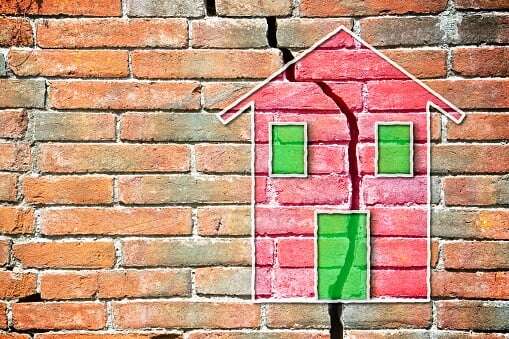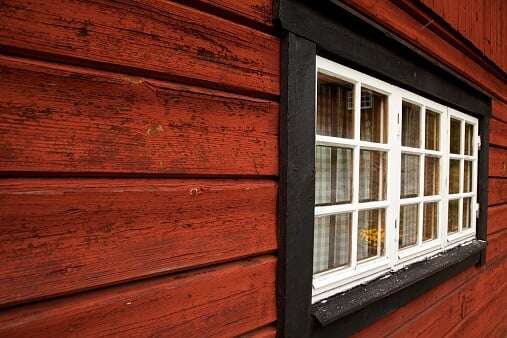 If you don't suffer from allergies, you probably know someone who does.
If you don't suffer from allergies, you probably know someone who does.
This is because at least 20 percent of children and adults suffer from allergies and contend with symptoms such as sneezing, coughing, wheezing and nose-blowing. The triggers vary, but many allergy sufferers are especially sensitive to one or more allergens, including dust mites, animal dander, insect debris and mold spores.
“Avoidance is always the best treatment for allergies, regardless of which allergens are the triggers,” the experts at MedicineNet say. “Interestingly enough, the most effective, least expensive and simplest options are not always followed. Many people choose medications or vaccinations instead, despite their drawbacks. Fortunately, there are lots of simple methods, both old and new, to help with avoidance.”
A thorough, top-to-bottom house cleaning can cleanse your home of many pesky allergens, at least temporarily. You can depend on another group of experts – the meticulous cleaning crews at Experts In Your Home – to supply this service. But what do you do between our visits to your home? Follow the other “simple methods” recommended by health experts:
Whole-House Strategies
- Ban smoking in your home.
- Keep your indoor temperature cool, or between 68 and 72 degrees.
- Maintain a low humidity level, or between 40 and 50 percent.
- Check the air filter on your heating, ventilation and air conditioning system every month and replace it with a clean one once it becomes clogged with dust and dirt.
- Ensure your home is well-ventilated. Fans help, but there is no substitute for the cathartic benefit of fresh air. Open windows on both levels of your home, and at opposite ends, to create a good cross wind on breezy days.
- Maintain the upper hand over the ubiquitous influence of dust by washing towels, rugs and bedding in hot soapy water that registers at least 130 degrees. This may be about 10 degrees hotter than you've been advised to keep the thermostat on your water heater. But the hotter temperature will be sure to kill dust mites.
- Turn on exhaust fans while you cook in the kitchen and while you take a bath or shower, as well as for 15 minutes afterward.
- Bathe furry pets once a week to keep their shedding dander to a minimum.
Make a Regular Commitment to Vacuuming Right
Allergy sufferers may love carpet, but they know that tile and hardwood are easier to keep free of dust with a damp mop or sponge. Vacuum right by:
- Assigning this housekeeping task to someone who does not suffer from allergies since vacuuming stirs dust particles and propels them into the air. Allergy sufferers also should remain out of a newly vacuumed room for at least one hour.
- Vacuuming wall-to-wall carpet at least once a week. (Take throw carpets outside once a week and beat them against a hard surface to remove dust and dirt.)
- Going over carpet twice, once in a vertical pattern and then in a horizontal pattern.
Focus on the Bedroom
Why emphasize the bedroom? Because many people spend about one-third of every day there, and it's also the room where most dust mites seem to settle during the other two-thirds of the day. Keep allergic triggers to a minimum by:
- Reducing clutter, especially books, magazines and knickknacks that naturally gather dust.
- Using dust-mite proof covers for the box spring and mattress. (Yes, these covers really exist.) Cover the comforter or blanket with a top sheet during the day so that it doesn't gather dust – and cause you to breathe it overnight.
- Replacing wool or feathered bedding with synthetic materials that can be washed easily.
- Keeping window treatments closed during the day to block sunlight – and dust.
- Banning pets from the bedroom during the day – no matter how much they may like sprawling out on your bed.
We hope these home tips are helpful. Call Experts in Your Home to get your allergy-fighting efforts off to the best start possible – with a top-to-bottom house cleaning – and start breathing easier today.








